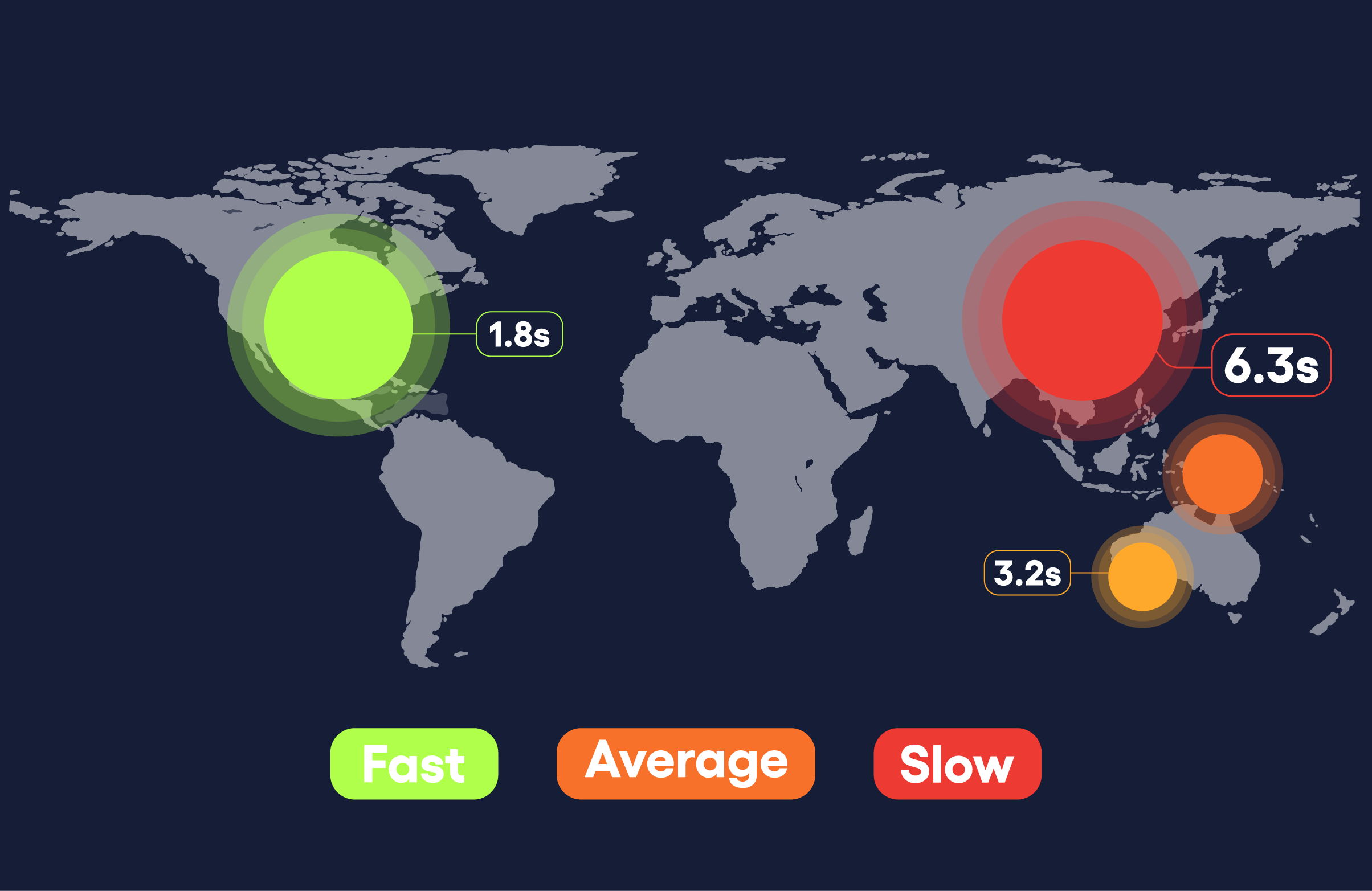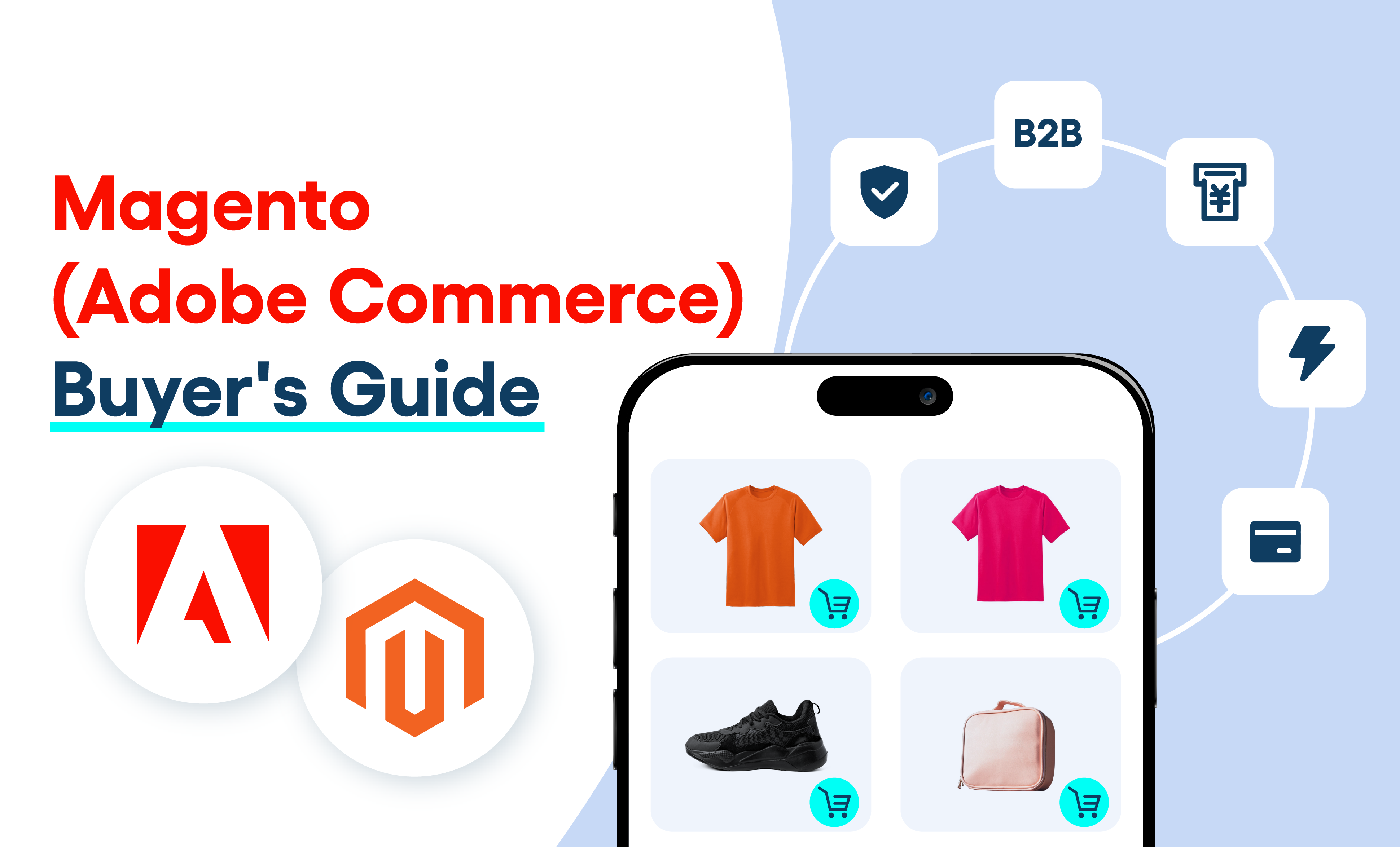It is the prevailing trend that so many brands are developing an online store on every channel. They are quite enthusiastic on setting up the eCommerce department. Has your brand already developed an online web store? Or joined the T-mall, JD Mall or Amazon? Have you ever thought of setting up a WeChat Store?
After your eCommerce platform has set up, how much did you spend on marketing it? How is the sales performance? Of course, operating an eCommerce site is not easy. If you would like to enhance the overall performance of it, you should utilize well the big data.
Manipulation of Big Data by the Marketers
Marketers are the 'front-liners' of eCommerce operation. They market the brands and bring traffic back to the platform. They first need to know the attributes of their target audience. With this, they could assume some effective channels and scenario for marketing to reach the desired audience. They can save more resources and budget to invest in the correct channel.
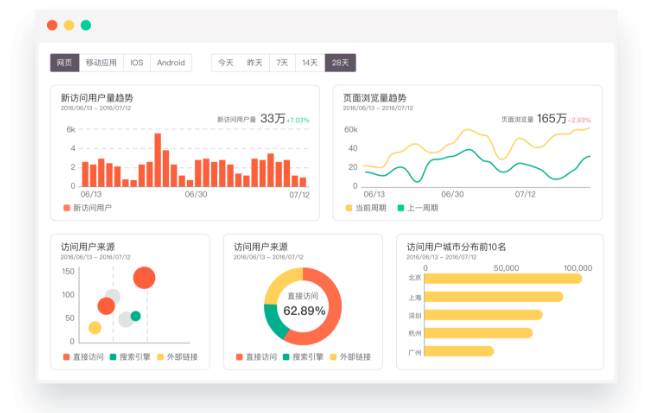
Big data can help trace the source of traffic and customers. You can thus evaluate if the according channel is effective enough for new users acquisition.
When there is traffic, how is the conversion? We will need the data again to justify if the channel could bring quality conversions to the eCommerce platform i.e. if the newly acquired users spend or not. If yes, how much did they spend?
Manipulation of Big Data by the Product Managers
In an offline store, apart from the product itself, we may also consider the service quality, store decoration, or the venue location. It is all about the user and customer experience.
On an eCommerce platform, a Product Manager is responsible for maximizing user experience of using the web store or the App. It highly depends on experience and knowledge of customer gesture and journey, at the same time it can be revealed by a series of data analysis.
Funnel analysis is an effective way to calculate conversion rates on specific user behaviors like from user engagement in a web store to the purchase action. This can be in the form of a sale, registration, or other intended action from an audience. The origin of the term funnel analysis comes from the nature of a funnel where individuals will enter the funnel, yet only a small number of them will perform the intended goals.
For example, here are some possible conversion pathways for a user:
1、Homepage - Product - Purchase
2、Homepage - Catalogue - Product specification - Purchase
3、Homepage - Search - Product specification - Purchase
4、Homepage - Banner - Campaign page - Product specification - Purchase
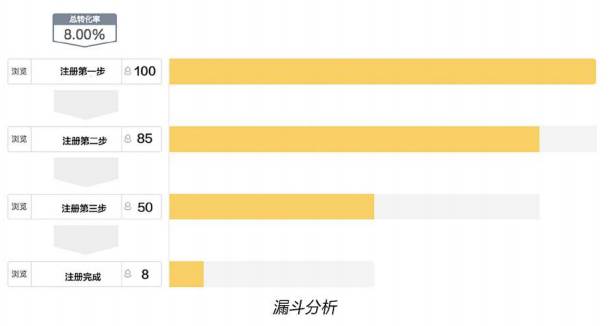
The above shows the conversion rate of every step of the users' registration journey. In some other cases, we may also find there is a relatively lower conversion from the shopping cart to the payment process. At this moment, Product Manager could sort out the relevant users for investigation. Generally, it may be related to system bug, payment failure, unclear presentation of the bill which hesitated the users or the consumer needs more time for the buying decision. Product Manager can thus make the according solution to the problem.
Manipulation of Big Data by the Operations
eCommerce operations mainly focus on management of products (goods) and users.
Product operation is cost-efficient as well as significant. It can be made through different campaigns, homepage displays and product comparison and analysis to enhance conversion and GMV.
Different products have different operation strategies based on their positioning. Based on the profitability, popularity and conversion efficiency, we may classify the products into 3 categories, namely traffic-oriented, profit-oriented, and future potential product.
1、Traffic-oriented:Low profitability but sales volume is large; Aim at drawing visitor traffic
2、Profit-oriented:Highly profitable goods
3、Future potential product: Product with future development potential or cope with any predicting trends. Current exposure is low but with high conversion.

Traffic-oriented lip-stick sold 230 thousand orders monthly when compare to other goods
After analyzing product positioning with hands-on data, the brands can develop a suitable product strategy.
In terms of user behavior, operation managers should focus on several specific conversion rates: 'unique visitor (UV) to click', 'click to add to shopping cart' and 'shopping cart to payment'.
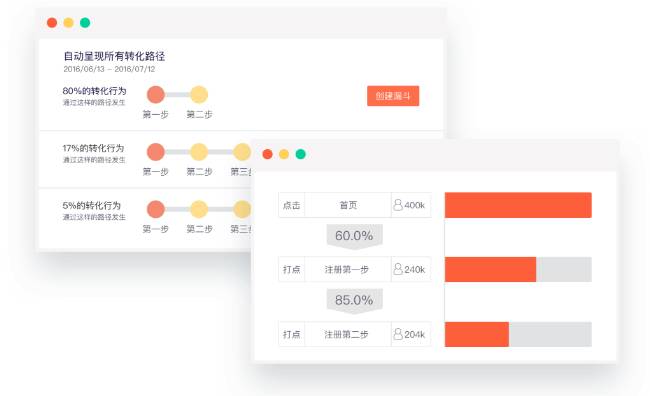
The pace of Chinese eCommerce is pretty fast, especially for those special campaigns with Chinese characteristic like 'Flash Sale' (秒杀/抢购). We will need real-time SKU monitoring in order to perform instant operation adjustment.
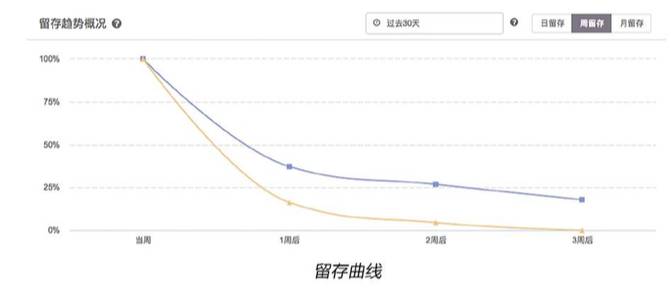
In user operation perspective, it is always more expensive to acquire a new user than retaining an old customer. Old users always contribute more to the brand than new users since that are loyal, know the product well and have the chance to make friend referrals.
How to benchmark customer retention rate? Of course, it differs per industry. However, some statistic revealed that if a customer completes 3 times purchase per week, he generally gets 4 times retention rate than other customers. So, some targeting campaign could be done to achieve this target. Exploring your benchmark is a very important job for the operation team.
Automatic targeting following the user profile is very common nowadays. The system will guess what the user may like and perform suitable recommendation during their browsing. Different 'attributes' or 'tags' will be granted to specific users based on his past browsing or purchase history. Operation team should create more accurate and extensive tags in order to describe the user precisely.
Manipulation of Big Data by the Management
To the brand manager, operation data and summary is important to reflect the business and operation efficiency. A real-time statistic can assist management to react instantly to problem or competition. Data summary and routine reports can help the brand to decide strategy in the long run. Report automation should be set up in order to let management get the regular business update.
Data from the TP Companies could effectively help analyze your competitors across eCommerce channels in China including Taobao, Tmall, Suning, etc. Data analysis can be an additional service when you choose to work with the TP companies which should be resourceful to assist you.
Big data is indispensable in the eCommerce world. It brings far more insights than in the era of offline commerce. It helps the brand to make more correct and scientific decisions based on data manipulations. Use the data wisely and you could make an easier eCommerce management.



